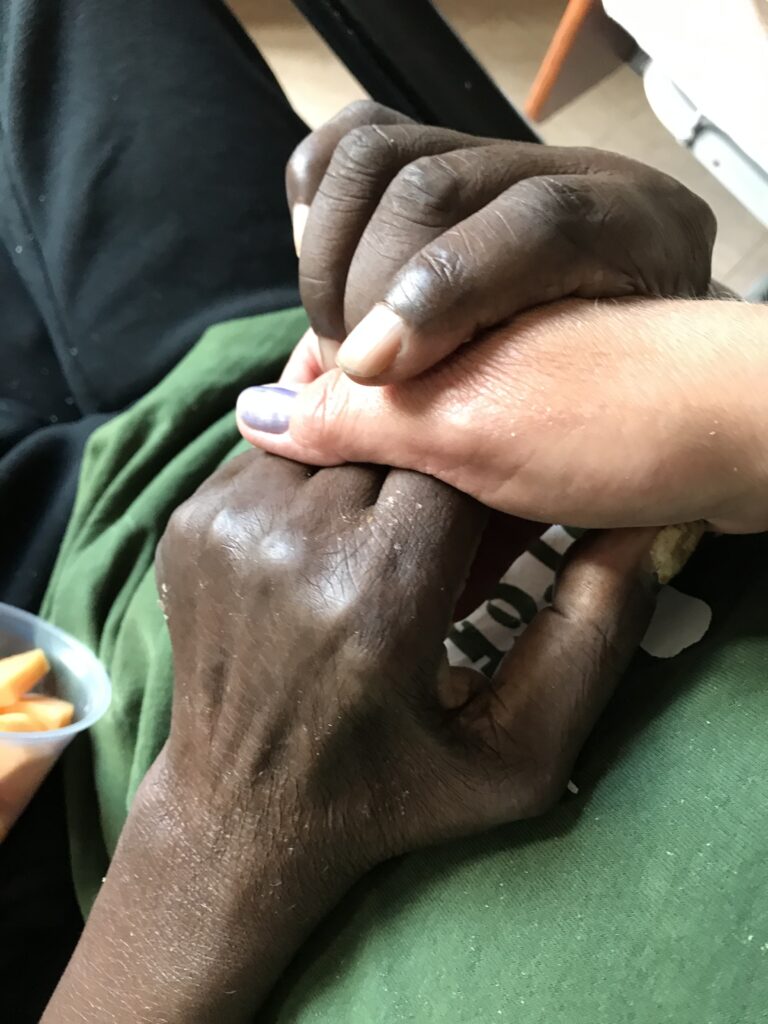Month: January 2025
The Silent Epidemic: How Loneliness Affects Seniors’ Health in Today’s Fast-Paced World
Loneliness has emerged as a silent epidemic, significantly affecting the health and well-being of seniors. In an age where technological advancements have fundamentally altered communication methods, many older adults find themselves increasingly isolated. The implications of this loneliness are profound, particularly when coupled with the modern realities facing their families, including long working hours and the intense stress experienced by younger generations.
The Health Fallout from Loneliness
Research has shown that loneliness can lead to various health issues among seniors. According to studies, socially isolated seniors are at a higher risk of developing cardiovascular diseases, cognitive decline, and compromised immune systems. Additionally, the feeling of loneliness can trigger mental health disorders such as depression and anxiety. The physiological effects are alarming, as loneliness has been likened to smoking 15 cigarettes a day in terms of its impact on mortality rates.
The interplay between mental and physical health means that seniors who feel lonely may hesitate to engage in physical activities or seek medical care, further exacerbating their conditions. This creates a vicious cycle where loneliness leads to declining health, which, in turn, fosters more loneliness.
The Role of Family Dynamics in Loneliness
As society evolves, the structure of families is also changing. Many young adults today work long hours, often juggling multiple jobs to cope with economic pressures, student loans, and rising living costs. This relentless grind can lead to extreme stress and burnout, leaving little time for family engagements or nurturing relationships with older relatives.
Consequently, seniors may find themselves feeling abandoned or neglected, as family members prioritize their demanding work schedules over spending quality time with them. The joy of shared meals, conversations, and family gatherings diminishes, pushing older adults further into isolation.
Moreover, the rise of technology as a primary mode of communication lacks the warmth of face-to-face interactions. While video calls and texting can help bridge the gap, they often do not replace the physical presence and emotional connections that in-person relationships provide.
Impact on Caregiving Dynamics

The stress that young adults experience can also affect their ability to provide care effectively, further contributing to seniors’ feelings of loneliness. Caregiving is demanding, requiring not only time but emotional energy. When caregivers are overwhelmed, their capacity to connect with loved ones diminishes. This can leave seniors feeling like a burden rather than cherished family members, leading to a sense of worthlessness and further isolating them.
The stress-strain on caregivers can create a dual problem: seniors feeling lonely due to lack of attention while caregivers grapple with their own emotional and mental health challenges. This scenario exemplifies the cyclical nature of isolation and stress, with ramifications for both young and old.
Combating Loneliness: Strategies for Families
To address this troubling trend of loneliness among seniors, families must prioritize meaningful connections. Here are some strategies to help bridge the gap:
Regular Check-Ins: Schedule regular video calls or phone calls to check in on senior family members. Even short conversations can make a significant difference.
Create Shared Activities: Find common interests that can foster bonding, whether it’s gardening, playing games, or participating in book clubs. These activities not only provide entertainment but also reinforce family ties.
Leverage Technology: Introduce seniors to social media platforms or apps designed for seniors that encourage communication. Teaching them how to use technology can empower them to reach out to others.
Seek Community Programs: Help seniors engage with local community groups or organizations that provide social opportunities. Many communities have programs tailored for seniors that promote socialization through activities and events.
Encourage In-Person Visits: If possible, plan family gatherings or visits. This could be as simple as a weekend lunch or a family outing, which can revitalize relationships.
Be Mindful of Stress: Young adults should practice self-care and recognize their own limits. Caregiver support groups can help provide the necessary emotional and psychological support while offering practical assistance.
Loneliness among seniors is a complex issue exacerbated by modern family dynamics, particularly the demands placed on younger generations. Understanding the direct correlation between loneliness and health is crucial for families striving to support their older loved ones. By fostering connection, compassion, and communication, families can mitigate the impact of loneliness, improving both their own well-being and that of the seniors in their lives. In this fast-paced world, ensuring that no one feels left behind is more important than ever.
